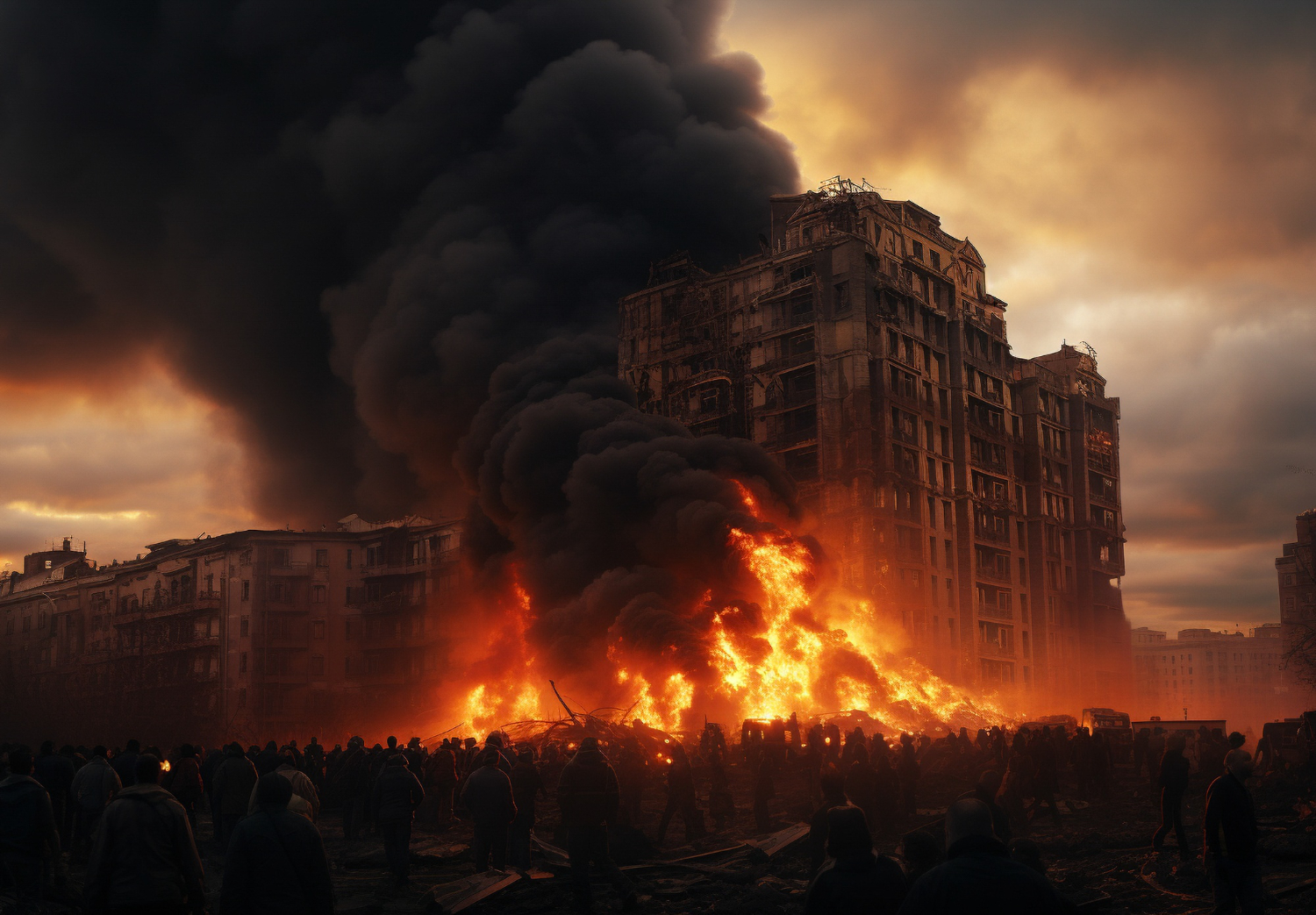Physical Address
304 North Cardinal St.
Dorchester Center, MA 02124
Physical Address
304 North Cardinal St.
Dorchester Center, MA 02124

For more than seven decades, Gaza has been a place where history refuses to end. Each generation inherits the debris of the last — camps transformed into cities, ceasefires into waiting rooms, hopes into memories. What began in 1948 as a narrow Mediterranean strip has become one of the world’s most symbolically charged spaces: a mirror of paralysis, endurance, and conscience. The central moral question remains: what does the world owe Gaza?
After the 1948 Arab–Israeli war, over 200,000 Palestinians fled or were expelled to Gaza, which came under Egyptian administration within the 1949 UN Armistice Lines. In twenty-five miles of coastline, a dense human landscape took shape — people without a state, building temporary lives that became permanent. In 1967, Israel captured the Strip during the Six-Day War, beginning an occupation that would define the region’s next half-century: a cycle of control, rebellion, and siege.
When Israel withdrew its settlers and troops in 2005, many saw a possible turning point. It was not. Gaza’s airspace, waters, and borders remained externally controlled, and when Hamas took power in 2007 after clashes with Fatah, the territory was sealed under blockade. Israel said the policy aimed to contain Hamas; international observers called it collective punishment.
Since then, Gaza has endured five major wars — in 2008–09, 2012, 2014, 2021, and 2023–24. Each conflict deepened the physical and emotional wounds. Entire neighborhoods have been erased and rebuilt, only to be destroyed again. By 2025, UN data suggests that more than seventy percent of Gaza’s housing is damaged or destroyed.
The toll is measured not only in lives but in the erosion of systems that sustain them. Hospitals operate without power; schools double as shelters. Before the recent war, unemployment stood at forty-five percent, among the world’s highest. Today, nearly two million people rely on humanitarian aid for survival. The UN warns of “total collapse of essential services,” as sewage floods streets, water is contaminated, and power outages last for days.
Diplomacy, too, has repeated itself. Ceasefires are followed by new offensives; resolutions delayed until the next crisis. The United States has proposed a UN-backed stabilization force to oversee demilitarization and aid delivery. Several nations express conditional support, while others hesitate, citing the failures of past missions from Lebanon to Bosnia. In the meantime, humanitarian agencies warn that urgency is overtaking diplomacy.
The United Arab Emirates has opened a maritime corridor through Cyprus to deliver supplies, yet even that lifeline cannot keep pace with the scale of destruction. The UN Development Programme reports more than two million tons of debris and untreated waste, threatening a secondary public health disaster.
Still, Gaza refuses disappearance. Writers, painters, and musicians continue to document their world through fragments of normality: weddings held among ruins, art drawn on shattered walls, songs recorded under curfews. These gestures are not defiance for its own sake — they are survival. To live in Gaza is to remember, and to remember is to resist forgetting.
Each generation has its own vocabulary of endurance. The older recall the days before 1967; the middle remembers the sea when it was open; the young know only drones overhead and screens lit by battery light. Yet they remain, bound not by choice but by continuity.
In 2025, Gaza is no longer only a local tragedy. It is a global reflection — of international dysfunction, selective compassion, and the limits of modern diplomacy. Every promise deferred and every silence maintained echoes across the same ruins that refuse to forget.